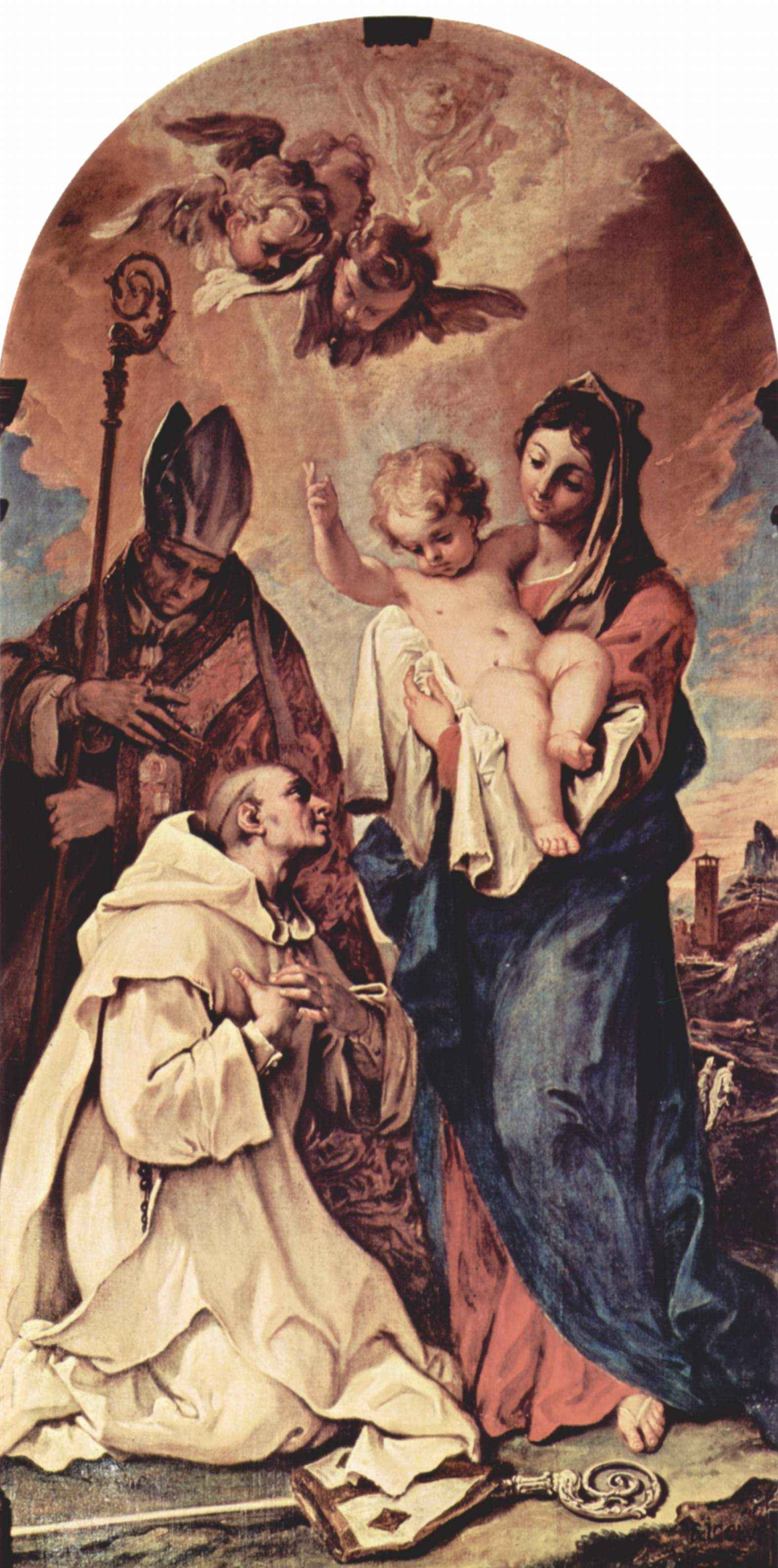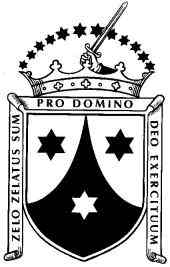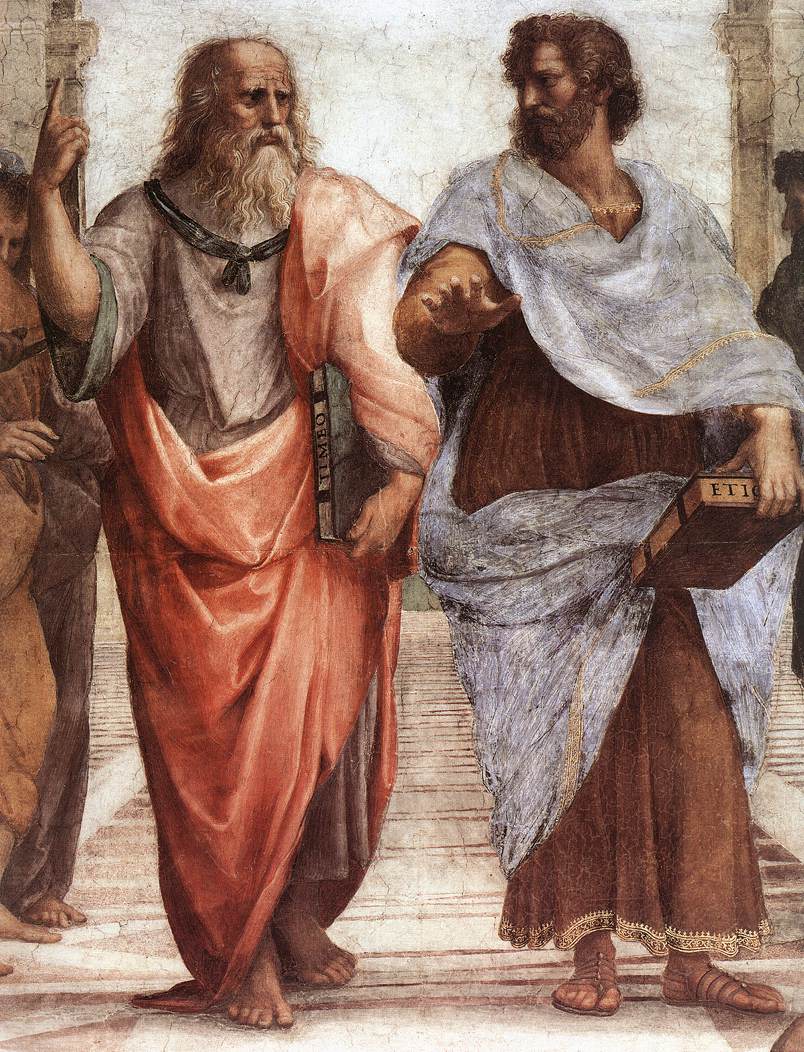|
Ingeborg Tott
Lady Ingeborg Åkesdotter Tott or 'Ingeborg Aagesdotter of the Thott' (Year of birth unknown –December 1507), in her lifetime called Ingeborg Åkesdotter or simply Fru Ingeborg (Lady Ingeborg),Biografiskt lexikon för Finland 1. Svenska tiden (2008). was a Swedish noble, the consort of the Swedish regent Sten Sture the elder (reign 1470–97 and 1501–03). She was the fiefholder of Häme in Finland. She functioned as the de facto queen consort of Sweden for over three decades and participated in state affairs during the reign of her spouse. Early life Ingeborg was the daughter of the Danish noble and riksråd Aage Axelsson Tott (1405–1477), governor of Örebro Castle in Sweden, and the Swedish noble Märtha Bengtsdotter of the Vinstorpa family (d. 1480). She belonged to the elite of Dano-Swedish nobility at the time and was related to the infamous Brita Tott. In 1464, she was engaged to marry the Norwegian noble Hans Sigurdsen, son of the Norwegian drots, noble Sigurd ... [...More Info...] [...Related Items...] OR: [Wikipedia] [Google] [Baidu] |
Hanseatic League
The Hanseatic League (; gml, Hanse, , ; german: label= Modern German, Deutsche Hanse) was a medieval commercial and defensive confederation of merchant guilds and market towns in Central and Northern Europe. Growing from a few North German towns in the late 12th century, the League ultimately encompassed nearly 200 settlements across seven modern-day countries; at its height between the 13th and 15th centuries, it stretched from the Netherlands in the west to Russia in the east, and from Estonia in the north to Kraków, Poland in the south. The League originated from various loose associations of German traders and towns formed to advance mutual commercial interests, such as protection against piracy and banditry. These arrangements gradually coalesced into the Hanseatic League, whose traders enjoyed duty-free treatment, protection, and diplomatic privileges in affiliated communities and their trade routes. Hanseatic Cities gradually developed a common legal system gov ... [...More Info...] [...Related Items...] OR: [Wikipedia] [Google] [Baidu] |
Mariefred
Mariefred is a locality situated in Strängnäs Municipality, Södermanland County, Sweden with 3,726 inhabitants in 2010. The name is derived from that of the former Carthusian monastery here, Mariefred Charterhouse, and means "Peace of Mary" (the former name was Gripsholm). It lies roughly 50 kilometres west of Stockholm. Mariefred, despite its small population, is for historical reasons often still referred to as a ''city''. Statistics Sweden, however, only counts localities with more than 10,000 inhabitants as cities. Gripsholm Castle is located in the town. Adjacent to the castle is the nature reserve and deer park Gripsholms hjorthage. The old barn of Gripsholm Castle was a centre for fine arts printmaking, ''Grafikens Hus'' ("House of Graphics"). The East Södermanland Railway has a railway museum here with one of the finest collections of 600 mm narrow-gauge passenger railcars anywhere. Kurt Tucholsky is buried in the town cemetery. Notable natives S ... [...More Info...] [...Related Items...] OR: [Wikipedia] [Google] [Baidu] |
Carthusian Order
The Carthusians, also known as the Order of Carthusians ( la, Ordo Cartusiensis), are a Latin enclosed religious order of the Catholic Church. The order was founded by Bruno of Cologne in 1084 and includes both monks and nuns. The order has its own rule, called the ''Statutes'', and their life combines both eremitical and cenobitic monasticism. The motto of the Carthusians is , Latin for "The Christian cross, Cross is steady while the world turns." The Carthusians retain a unique form of liturgy known as the Carthusian Rite. The name ''Carthusian'' is derived from the Chartreuse Mountains in the French Prealps: Bruno built his first hermitage in a valley of these mountains. These names were adapted to the English ''Charterhouse (monastery), charterhouse'', meaning a Carthusian monastery.; french: Chartreuse; german: Kartause; it, Certosa; pl, Kartuzja; es, Cartuja Today, there are 23 charterhouses, 18 for monks and 5 for nuns. The alcoholic cordial (medicine), cordia ... [...More Info...] [...Related Items...] OR: [Wikipedia] [Google] [Baidu] |
Convent
A convent is a community of monks, nuns, religious brothers or, sisters or priests. Alternatively, ''convent'' means the building used by the community. The word is particularly used in the Catholic Church, Lutheran churches, and the Anglican Communion. Etymology and usage The term ''convent'' derives via Old French from Latin ''conventus'', perfect participle of the verb ''convenio'', meaning "to convene, to come together". It was first used in this sense when the eremitical life began to be combined with the cenobitical. The original reference was to the gathering of mendicants who spent much of their time travelling. Technically, a monastery is a secluded community of monastics, whereas a friary or convent is a community of mendicants (which, by contrast, might be located in a city), and a canonry is a community of canons regular. The terms abbey and priory can be applied to both monasteries and canonries; an abbey is headed by an abbot, and a priory is a lesser de ... [...More Info...] [...Related Items...] OR: [Wikipedia] [Google] [Baidu] |
Varberg
Varberg () is a locality and the seat of Varberg Municipality, Halland County, Sweden, with 35,782 inhabitants in 2019. Varberg and all of Halland are well known for their "typical west coast" sandy beaches. In Varberg the coast changes from wide sandy beaches to rocky terrain that continues north into the Bohuslän archipelago and as far as the North Cape. Geography Varberg is located along the Swedish west coast and is a popular beach and surfing destination in both Sweden and Europe. It has a main landmark in the large Fortress and Castle of Varberg, through centuries many wars between Denmark and Sweden was fought here before Southern Sweden, including Varberg became permanently Swedish in 1658 through the Treaty of Roskilde. It is a small town with architecture mainly from the turn of the century and have several green parks such as the Society Park (Societetsparken) and the English Park. The green parks was however not always there, in fact in the 19th century the tow ... [...More Info...] [...Related Items...] OR: [Wikipedia] [Google] [Baidu] |
Carmelites
, image = , caption = Coat of arms of the Carmelites , abbreviation = OCarm , formation = Late 12th century , founder = Early hermits of Mount Carmel , founding_location = Mount Carmel , type = Mendicant order of pontifical right , status = Institute of Consecrated Life , membership = 1,979 (1,294 priests) as of 2017 , leader_title = Motto , leader_name = la, Zelo zelatus sum pro Domino Deo exercituumEnglish: ''With zeal have I been zealous for the Lord God of hosts'' , leader_title2 = General Headquarters , leader_name2 = Curia Generalizia dei CarmelitaniVia Giovanni Lanza, 138, 00184 Roma, Italia , leader_title3 = Prior General , leader_name3 = Mícéal O'Neill, OCarm , leader_title4 = Patron saints , leader_name4 = Our Lady of Mt. Carmel, Elijah , parent_organization = Catholic Church , website = ... [...More Info...] [...Related Items...] OR: [Wikipedia] [Google] [Baidu] |
Alanus De Rupe
Alanus de Rupe (also Alan, Alain de la Roche, or Blessed Alain de la Roche); (c. 1428 – 8 September 1475) was a Roman Catholic theologian noted for his views on prayer. Some writers claim him as a native of Germany, others of Belgium; but his disciple, Cornelius Sneek, says that he was born in Brittany. He died at Zwolle. Life Born in Dinan, Brittany in around 1428, he entered the Dominican Order in 1459 at age thirty-one. While pursuing his studies at Saint Jacques, Paris, he distinguished himself in philosophy and theology. From 1459 to 1475 he taught almost uninterruptedly at Paris, Lille, Douay, Ghent, and Rostock in Germany, where, in 1473, he was made Master of Sacred Theology. During his sixteen years of teaching he became a most renowned preacher. He was indefatigable in what he regarded as his special mission, the preaching and re-establishment of the Rosary, which he did with success throughout northern France, Flanders, and the Netherlands. He established a Conf ... [...More Info...] [...Related Items...] OR: [Wikipedia] [Google] [Baidu] |
Uppsala University
Uppsala University ( sv, Uppsala universitet) is a public research university in Uppsala, Sweden. Founded in 1477, it is the oldest university in Sweden and the Nordic countries still in operation. The university rose to significance during the rise of Sweden as a great power at the end of the 16th century and was then given a relative financial stability with a large donation from King Gustavus Adolphus in the early 17th century. Uppsala also has an important historical place in Swedish national culture, identity and for the Swedish establishment: in historiography, literature, politics, and music. Many aspects of Swedish academic culture in general, such as the white student cap, originated in Uppsala. It shares some peculiarities, such as the student nation system, with Lund University and the University of Helsinki. Uppsala belongs to the Coimbra Group of European universities and to the Guild of European Research-Intensive Universities. It has ranked among the wo ... [...More Info...] [...Related Items...] OR: [Wikipedia] [Google] [Baidu] |
Theology
Theology is the systematic study of the nature of the divine and, more broadly, of religious belief. It is taught as an academic discipline, typically in universities and seminaries. It occupies itself with the unique content of analyzing the supernatural, but also deals with religious epistemology, asks and seeks to answer the question of revelation. Revelation pertains to the acceptance of God, gods, or deities, as not only transcendent or above the natural world, but also willing and able to interact with the natural world and, in particular, to reveal themselves to humankind. While theology has turned into a secular field , religious adherents still consider theology to be a discipline that helps them live and understand concepts such as life and love and that helps them lead lives of obedience to the deities they follow or worship. Theologians use various forms of analysis and argument ( experiential, philosophical, ethnographic, historical, and others) to help u ... [...More Info...] [...Related Items...] OR: [Wikipedia] [Google] [Baidu] |
Science
Science is a systematic endeavor that Scientific method, builds and organizes knowledge in the form of Testability, testable explanations and predictions about the universe. Science may be as old as the human species, and some of the earliest archeological evidence for scientific reasoning is tens of thousands of years old. The earliest written records in the history of science come from Ancient Egypt and Mesopotamia in around 3000 to 1200 Common Era, BCE. Their contributions to mathematics, astronomy, and medicine entered and shaped Greek natural philosophy of classical antiquity, whereby formal attempts were made to provide explanations of events in the Universe, physical world based on natural causes. After the fall of the Western Roman Empire, knowledge of History of science in classical antiquity, Greek conceptions of the world deteriorated in Western Europe during the early centuries (400 to 1000 CE) of the Middle Ages, but was preserved in the Muslim world during the ... [...More Info...] [...Related Items...] OR: [Wikipedia] [Google] [Baidu] |
Gotland
Gotland (, ; ''Gutland'' in Gutnish), also historically spelled Gottland or Gothland (), is Sweden's largest island. It is also a province, county, municipality, and diocese. The province includes the islands of Fårö and Gotska Sandön to the north, as well as the Karlsö Islands (Lilla and Stora) to the west. The population is 61,001, of which about 23,600 live in Visby, the main town. Outside Visby, there are minor settlements and a mainly rural population. The island of Gotland and the other areas of the province of Gotland make up less than one percent of Sweden's total land area. The county formed by the archipelago is the second smallest by area and is the least populated in Sweden. In spite of the small size due to its narrow width, the driving distance between the furthermost points of the populated islands is about . Gotland is a fully integrated part of Sweden with no particular autonomy, unlike several other offshore island groups in Europe. Historically there w ... [...More Info...] [...Related Items...] OR: [Wikipedia] [Google] [Baidu] |


%2C_målning_av_Nils_Kreuger.jpg)

.jpg)



